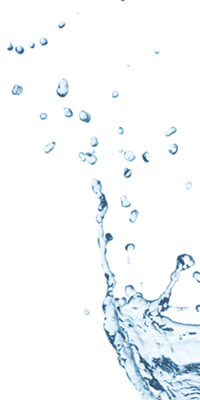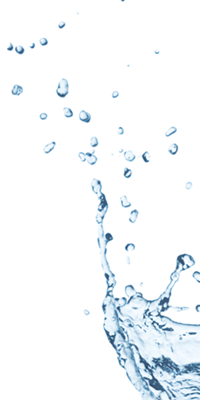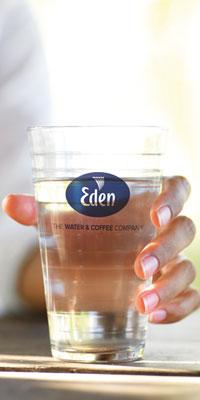Eden Springs are involved in charity and water projects around the UK and the globe. As part of this work we're looking at humanitarian issues caused by poor water quality.
The people of Haiti have suffered terrible, desperate times in the past decade. Of the 200 or so countries in the world, Haiti is usually listed as one of the poorest alongside Zimbabwe and the Democratic Republic of Congo. In just two years, a cholera epidemic has killed over 8,000 people and infected almost 700,000, according to the country’s Ministry of Health. Experts suggest that use of good water, rather than vaccination, can reduce cholera outbreaks.
Haiti’s personal problems
During 2008, Haiti was hit by four different hurricanes, dropping immense amounts of rain across an already financially ravaged nation. With 98% of their forest cover lost to deforestation, flood waters ran rapidly into all of the major towns and villages across the country. Many people were simply listed as missing. Almost 107,000 homes were damaged or destroyed. And 8% of the population was greatly affected by the rains which ruined 70% of Haiti’s crops.
With several hundred thousand Haitians living in makeshift tent camps, the earthquakes of January 2010 killed almost 50,000 people. Now several more are at risk from cholera.
What is cholera?
For the majority of the world, cholera is an almost forgotten disease, but in poorer countries, it has not yet been eradicated.
When a patient is diagnosed with cholera, their small intestine will be infected, causing a dreadful watery diarrhoea and terrible vomiting. The transmission of cholera is usually from drinking poor water or eating food which has probably been contaminated by the faeces of another infected person.
The government’s response
The Haitian government, being one of the poorest in the world, has been reliant on financial aid to guide them through their many difficulties in recent years. From 2013, they have launched a £1.5 billion plan to eradicate cholera from the country.
Haiti has a population of around 10 million people, but has twice as many people affected by the disease as the entire 1 billion population of Africa.
Their aim is to increase people’s access to potable water from less than 70% of the population to 85%. They further intend to increase the proper use of water and flushing facilities to toilets and latrines from under 30% to 90%. While they are reinforcing education and infrastructure, they hope to achieve proper healthcare for 80% of the population, up from the current 54%.
The intention to promote clean water and proper sanitation is vitally important to this nation, but there is also an urgent need to ensure that financial aid reaches the government. Of the previous $200 million raised to battle cholera only 3% of those funds went to the government in Haiti; while the UN and its agencies received almost 24% of the money.
According to current research, the Haitian government has created model environments for over 500 local communities. This has proved that clean water and the education of good hygienic methods are much more effective at reducing the spread of the cholera disease than using funds to continue a vaccination campaign.
With just 150,000 vaccinations remaining for the Haitians, pushing forward their plans for clean water and high-quality waste hygiene can’t happen quickly enough.
Image: Leyna Hutchinson/Flickr






